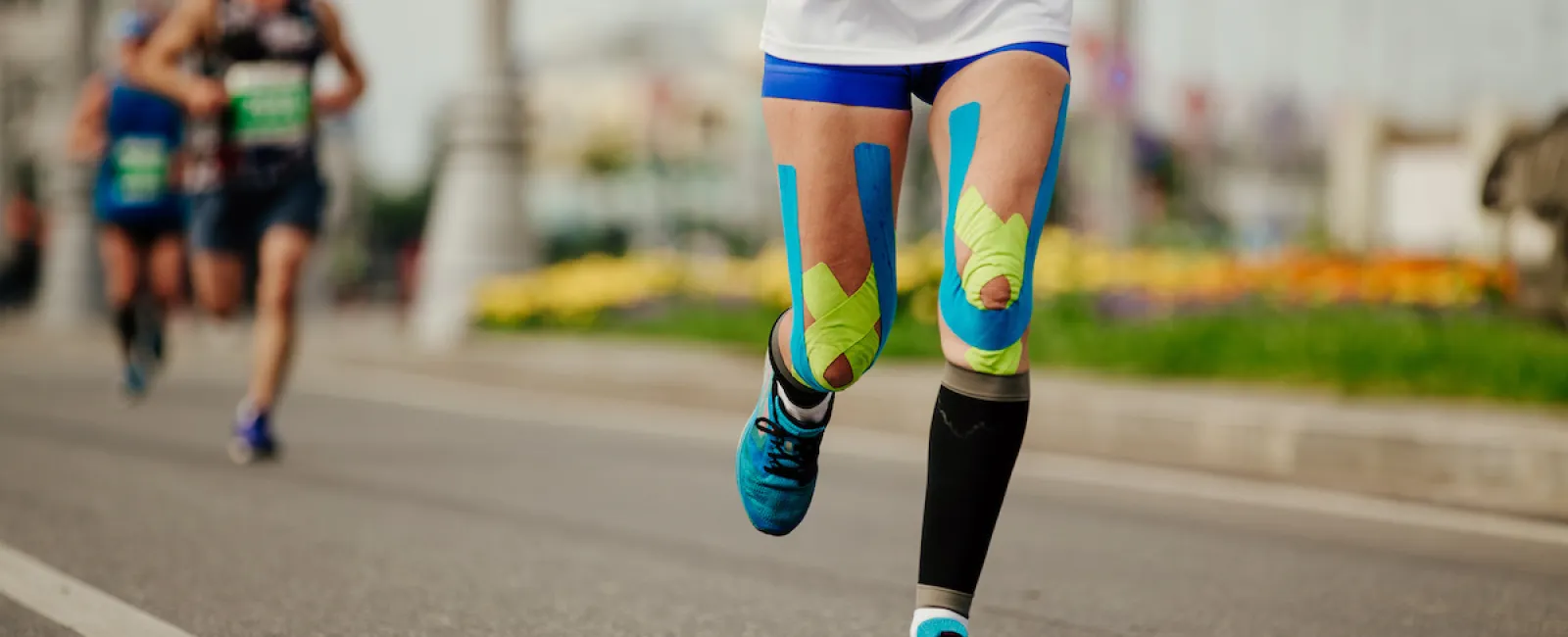A term that is used to describe any condition that causes pain around the kneecap is known as runner’s knee. Hence its name, running is the most common cause of runner’s knee. However, other activities that put repeated stress on the knee such as walking, biking, and cycling may also lead to runner’s knee. This condition is widely seen in middle aged women and individuals who are overweight.

Katherine M. Merra, M.D.
Symptoms of Runner’s Knee
The most common symptom of runner’s knee is dull pain that surrounds the kneecap. If you have runner’s knee, you may experience pain while you are engaging in the following activities:
- Walking
- Running
- Squatting
- Kneeling
- Sitting
It’s important to note that runner’s knee is different than a traumatic, sudden knee injury such as banging your knee on a table because it develops slowly over time.
Causes of Runner’s Knee
Irritation of the soft tissues or the lining of the knee, strained tendons, or worn cartilage may lead to runner’s knee. Factors such as overuse, trauma to the kneecap, arthritis, flat feet, dislocation of the kneecap, and insufficient stretching prior to exercise may also contribute to this condition.
Treating Runner’s Knee
Fortunately, conservative treatments can usually treat runner’s knee. If you are facing runner’s knee, you should stop performing any activities that hurt your knee until your pain completely goes away. You should also follow the RICE formula which is:
- Rest: Avoid running and high impact activities while pain is present.
- Ice: Use a bag of ice wrapped in a towel in order to reduce swelling.
- Modify Activity: If comfortable, you may participate in low impact activity such as the bike or elliptical trainer.
- Strengthen Muscles: Perform straight leg raising exercises at home to strengthen the quadricep (thigh) muscles.
- Compress: Wear a bandage or knee sleeve with the kneecap area cut out.
- Elevate: Lie down and raise your knee to a higher level than your heart.
Preventing Runner’s Knee
The good news is that runner’s knee can easily be prevented. If you would like to reduce your risk of developing this condition, you should adhere to these tips:
- Warm up and stretch before engaging in any activity that uses your knee. This will allow you to keep your leg muscles strong so they can better support your knee.
- Stay in good shape. The more you weigh, the more weight your knees are forced to bear. By maintaining a healthy weight, you can minimize knee stress.
- Use the right running gear. If you are a runner, invest in a good pair of running shoes that offer good support. Consider purchasing shoe inserts or custom orthotics if your feet are flat.
Contact South Shore Orthopedics
If you are living with runner’s knee and longing for relief, contact South Shore Orthopedics today. We’ll evaluate your condition and design an appropriate treatment plan.
